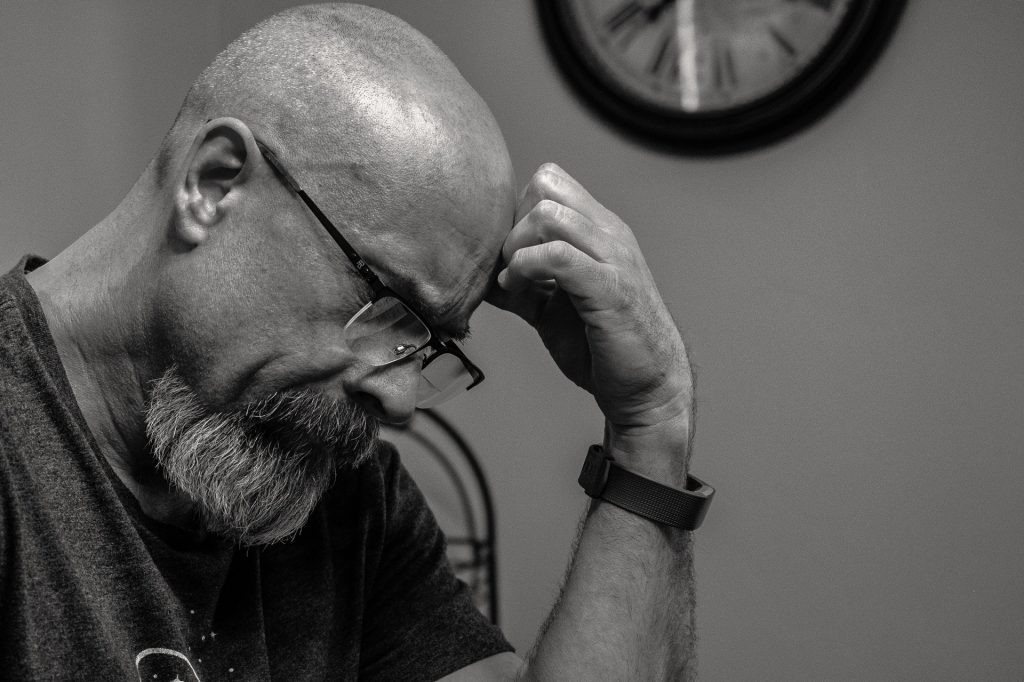A Hidden Risk Behind a Common Hair Loss Drug

For over two decades, finasteride – a prescription drug taken by millions of men to treat hair loss – has carried troubling signals of deeper harm: depression, anxiety, and in some cases, suicide.
A new review by Prof Mayer Brezis of the Hebrew University of Jerusalem argues that the medical and regulatory community failed the public by repeatedly overlooking evidence of finasteride’s potentially psychiatric effects.
The review, published in The Journal of Clinical Psychiatry, compiles data from eight major studies conducted between 2017 and 2023, showing a consistent pattern: users of finasteride were significantly more likely to experience mood disorders and suicidal thoughts than those not taking the drug. Findings come from multiple countries and data systems, including the US FDA, as well as national health records in Sweden, Canada, and Israel.
“The evidence is no longer anecdotal,” said Prof. Brezis, professor emeritus of medicine and public health. “We now see consistent patterns across diverse populations. And the consequences may have been tragic.”
According to the paper, hundreds of thousands of people may have suffered from depression related to finasteride, and hundreds – possibly more – may have died by suicide.
A Delayed Response, With a High Cost
While the FDA acknowledged depression as a potential side effect in 2011 and added suicidality in 2022, concerns had already been raised as early as 2002. Internal FDA documents from 2010, cited in Prof Brezis’ paper, reveal large portions blacked out as “confidential” – including estimates of how many users could have been affected.
By 2011, the FDA had recorded just 18 suicides linked to finasteride. Based on global usage, he argues, the number should have been ranged in the thousands. “It wasn’t just underreporting,” he wrote. “It was a systemic failure of pharmacovigilance.”
Unlike weight-loss or psychiatric medications, which receive intense post-marketing scrutiny, finasteride’s “cosmetic” status may have shielded it from investigation. Notably, none of the studies cited in Brezis’ review were initiated by Merck, the original manufacturer, or requested by regulators.
A Cosmetic Drug With Life-Altering Risks
Finasteride works by blocking the conversion of testosterone into dihydrotestosterone (DHT). In the process, it may also disrupt neurosteroids like allopregnanolone, which are linked to mood regulation in the brain. Animal studies show long-term effects on neuroinflammation and even structural changes in the hippocampus.
For some patients, the harm does not end when the drug is stopped. Reports of “post-finasteride syndrome” describe lingering symptoms – insomnia, panic attacks, cognitive dysfunction, and suicidal thoughts – that persist months or years after discontinuation.
Regulatory Gaps and Corporate Silence
The report is particularly critical of the FDA and Merck. Despite having access to millions of patient records, neither acted in time. Brezis suggests that industry silence was strategic, motivated by market pressures and legal liability -echoing past controversies like Merck’s handling of Vioxx.
“Nothing is more important to Organon than the safety of our medicines,” the company recently stated. Yet none of the safety studies cited were initiated by the manufacturer.
The FDA, meanwhile, took five years to respond to a citizen petition calling for a black-box warning. Its final decision was to add suicidal ideation to the label – but not as a formal warning.
What Now?
Brezis is calling for immediate changes in how drugs like finasteride are approved, monitored, and prescribed. His recommendations include:
- Suspending marketing of the drug for cosmetic purposes until safety is re-established.
- Rquiring mandatory post-approval studies with strict enforcement.
- Systematically recording drug histories in suicide investigations.
For many patients, those reforms will come too late.
The paper, “Failing Public Health Again? Analytical Review of Depression and Suicidality from Finasteride” was published in The Journal of Clinical Psychiatry and is available here.
Source: Hebrew University of Jerusalem




